The selection of these technology fields for the 2023 Stanford Emerging Tech Review was driven by several factors: inclusion on common lists of key technologies developed by government, the private sector, and academia and think tanks, as well as discussions with science and engineering colleagues at Stanford University and other research universities. We do not claim that any one of these ten is more important than the others. Indeed, one of the perhaps unexpected aspects of this technological moment is convergence: new technologies are intersecting, overlapping, and driving each other in all sorts of ways—some obvious, some more hidden.
Artificial Intelligence
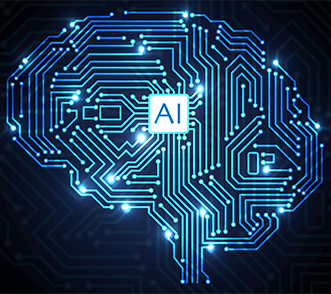
Artificial intelligence (AI) is the ability of computers to perform functions associated with the human brain, including perceiving, reasoning, learning, interacting, problem solving, and exercising creativity. AI promises to be a fundamental enabler of technological advancement and progress in many fields, arguably as important as electricity or the internet. AI has three core subfields; the boundaries between them are often fluid - Computer vision (CV), Machine learning (ML), and Natural language processing (NLP). There is substantial debate among AI experts about whether AI poses a long-term existential risk to humans, and whether the most important risks are also current weaknesses of AI.
Biotechnology & Synthetic Biology

Biotechnology is burgeoning, contributing around 5 percent to the US GDP with a historical doubling time of about seven years and creates products or services in partnership with biology. For example, skin microbes can be engineered to combat skin cancer and essential medicines can be brewed from yeast at industrial scales. Biotechnology, already a huge industry—5 percent of GDP— is expected to grow greatly. Synthetic biology, a subset of biotechnology, builds on genetic engineering to focus on improving the composition and functions of living systems. DNA sequencing and synthesis are two fundamental technologies underlying synthetic biology. DNA sequencers are machines that read or decode specific DNA molecules, while synthesizers write user-specified sequences of DNA.
Cryptography

Cryptography is the practice of protecting data from being altered or accessed inappropriately. It is essential for most internet activity, including messaging, e-commerce, and banking. There are two main types of cryptography: symmetric and asymmetric. Symmetric cryptography requires both parties to share one secret key to encrypt and decrypt data. In practice, sharing this secret key can be difficult. This led to the development of asymmetric encryption, which uses one public key, freely available to anyone, to encrypt data and a different private key to decrypt data. Cryptography is essential for protecting information but will never be enough to secure cyberspace.
Materials Science

Materials science is a foundational technology that underlies advances in many fields, including robotics, space, energy, and synthetic biology. Broadly speaking, materials science and engineering research focuses on four major areas. The first is characterizing the properties of materials to derive a material structure-property relationship. The second is modeling materials, which involves predicting material properties based on atomistic principles. The third is establishing synthesis methods of materials to attain specific properties as predicted. The fourth area is manufacturing and processing materials with well-characterized properties in sufficient quantities for practical applications.
Neuroscience
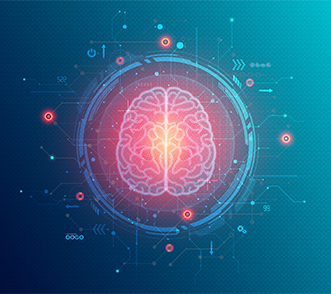
Neuroscience is the study of the human brain and the nervous system, their structure and function, healthy and diseased states, and life cycle from embryonic development to degeneration in later years. Popular interest in neuroscience vastly exceeds the current scientific understanding of the brain, giving rise to overhyped claims in the public domain that revolutionary advances are just around the corner. Already a $32 billion market in 2021, the market for such products based on neuroscience is forecast to grow nearly 4 percent annually this decade to $41 billion, driven by increasing cases of neurological disorders like Parkinson’s and Alzheimer’s.
Nuclear Technologies
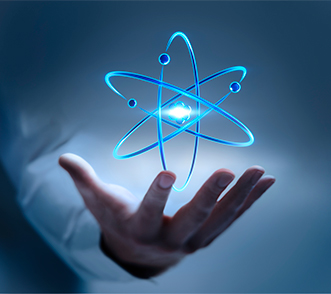
Nuclear technologies include those for nuclear energy production, nuclear medicine, and nuclear weapons. This chapter focuses on nuclear energy, which exploits the energy present in the nuclei of atoms. Fission and fusion are the two ways to tap that energy. Both fission and fusion reactions produce large amounts of heat, which can then be used to generate steam. Steam in large amounts can be used to drive turbines that produce electricity.
Robotics
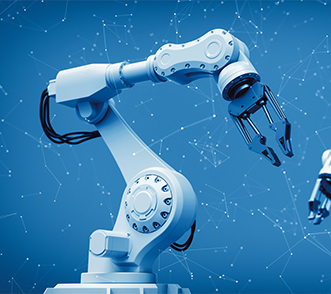
Robotics has and will transform many industries through elimination, modification, or creation of jobs and functions. Researchers do agree that, at the very least, robots are human-made physical entities with ways of sensing themselves or the world around them and the ability to create physical effects on that world. Importantly, robots must integrate many different component technologies to combine perception of their environment with action. Component technologies include actuators (e.g., motors, arms, gears), sensors, control systems, materials, power sources, and real-time programming. As a result, it takes a large interdisciplinary effort to move from a working prototype to a mass-produced robot in the market.
Semiconductors
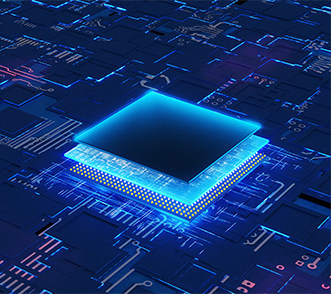
A semiconductor is a material whose ability to conduct electricity lies between those of metals (with high electrical conductivity) and insulators (with low conductivity). Semiconductors, or microchips, are crucial components used in everything from refrigerators and toys to smartphones, cars, computers, and fighter jets. These microchips are ubiquitous in modern medical equipment. Imaging devices such as magnetic resonance imaging (MRI), computed tomography (CT), and ultrasound use embedded computers to generate images from electromagnetic radiation and sound waves that penetrate or emanate from the human body. Across these examples, innovation in chip design, new materials, and integration methods helps enable the performance, size, and efficiency of medical devices.
Sustainable Energy Technologies
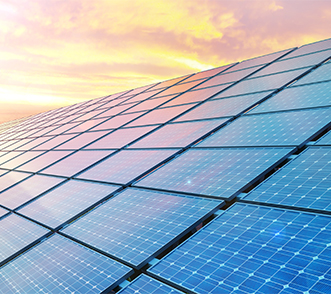
The transition to sustainable energy relies on improving every step of the energy supply chain, from generation to transmission to storage. However, the sheer scale of global energy needs makes it clear that no single technology can meet these demands. Success will require a combination of approaches that bridge present sources, consumption, and infrastructure to a more sustainable future. The imperative to deliver energy at scale unavoidably places an emphasis on cost. High-cost technologies, whether new or old, no matter how promising, cannot be deployed on a wide scale.
Space
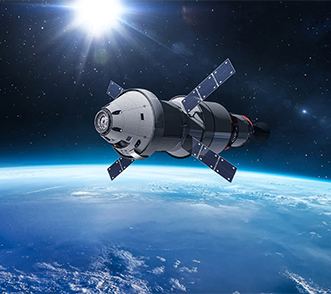
By definition, space technology is any technology developed for the purpose of conducting or supporting activities beyond the Kármán line (i.e., one hundred kilometers or sixty-two miles above the Earth’s surface). Space technologies are increasingly critical to everyday life (e.g., GPS navigation, banking, missile defense, internet access, remote sensing). Space is a finite planetary resource. Dramatic increases in satellites, debris, and competition are threatening access to this global commons. Private-sector actors play a critical and growing role in many aspects of space-based activities (e.g., launch, vehicles, and communications), because they offer better, cheaper, and rapidly deployable capabilities.


